For RV enthusiasts, staying cool is crucial for having an enjoyable trip during the hotter months. That’s why choosing the right air conditioner is something you should take very seriously. With two primary options available—portable air conditioners and roof-mounted units—it’s essential to understand the differences so you can make an informed choice tailored to your needs and travel habits.
Installation
One significant difference between portable and roof-mounted units lies in their installation. Portable air conditioners boast an easy, no-commitment setup. Since these units are freestanding, you can simply plug them into a standard outlet and position them near a vent or window for proper exhaust. The setup is quick, making them an excellent choice for RVers who want a hassle-free solution.
On the flip side, roof-mounted air conditioners require a more complex installation process. If you don’t already have a roof-mounted unit, you’ll likely need to make some modifications to fit it into place. This typically involves cutting into the roof and wiring the unit into the electrical system. Depending on your DIY skills, you may need a professional installation, adding to both the cost and effort required.
Portability
As the name implies, you can easily move a portable air conditioner around freely. This flexibility allows you to position it wherever you need it most. You can cool specific areas within your RV or even make use of the unit in other contexts, like taking it out to a patio or garage. This makes portable units highly versatile, particularly for those who frequently rearrange their space or use their RV for multiple purposes.
Roof-mounted units, however, are stationary. Once they’re in place, they remain fixed atop your RV. While this lack of portability might seem like a downside, it does mean these units work reliably and consistently without requiring physical adjustments.
Space Usage
When space is at a premium, every inch matters inside your RV. Portable air conditioners come with the tradeoff of occupying floor space. Depending on the size of your RV, this might limit your ability to arrange furniture or move freely. Additionally, venting a portable unit often involves hoses that need to be attached to windows or vents, which can create clutter.
Roof-mounted units, in contrast, leave your interior unobstructed. By being installed externally on the RV’s roof, they free up floor area and integrate discreetly into your RV’s design. For individuals who prefer a clean, streamlined interior, a roof-mounted model is the clear winner.

Cooling Capacity
One of the most important aspects of an RV AC unit is its cooling performance. Portable and roof-mounted units often differ here in terms of power. Portable air conditioners tend to have lower BTU (British Thermal Unit) ratings. While these units can still provide adequate cooling in small RVs or milder climates, they may struggle to keep up in larger RVs and when temperatures soar.
Roof-mounted units are generally more powerful, with higher BTU ratings tailored to cooling larger spaces or handling extreme heat. Because of their size and ventilation systems, they distribute cool air more efficiently, making them a better choice for those who want to ensure comfortable temperatures—no matter what.
Power Source
In order to give you the cooling performance you desire, though, you need enough power. That’s why you also need to consider power consumption. Portable air conditioners usually plug into a standard wall outlet, meaning they tend to be more energy-efficient and less power-intensive.
Roof-mounted air conditioners typically draw power directly from the RV’s electrical system or generator. While this helps them deliver desirable results, they can be more energy-demanding, which might mean running your generator or upgrading your electrical system to accommodate the load.
Ventilation
Every air conditioner needs to expel the hot air it removes from your space, but how this happens differs between portable and roof-mounted models. Portable units require a setup that directs their exhaust outside. You can achieve this by connecting an exhaust hose to a window or dedicated vent. Some RVers find this process cumbersome and inconvenient, especially if the hose limits window functionality.
Since roof-mounted air conditioners have built-in ventilation systems, they expel hot air directly through the rooftop, minimizing the need for additional hoses or modifications. This integrated design simplifies the cooling process and ensures that ventilation is both effective and unobtrusive.
Cost
Affordable and accessible, portable air conditioners are often the budget-friendly choice. Their lower upfront cost, combined with easy installation, means you don’t have to invest heavily to get the cooling you need. These units are ideal for newer RVers or those looking to cool their rig without breaking the bank.
Roof-mounted units, on the other hand, can be significantly more expensive. Their higher initial cost reflects their superior cooling power and long-term durability. Additionally, installation expenses can add up, especially if professional help is needed. However, the longevity and efficiency of a roof-mounted system often justify the higher price tag for those planning extended or frequent travel.
Noise Levels
When it comes to noise, portable air conditioners pose a significant disadvantage. Since these units operate entirely inside the RV, their internal fans and compressors can create noticeable noise. This is particularly apparent in smaller spaces and during nighttime, which might disrupt sleep for some people.
While still loud, roof-mounted units are often quieter inside the RV because their noisy components are outside. You still might hear a humming sound when the unit is running, but the reduced interior noise levels contribute to a more peaceful environment.

Maintenance
Maintenance and accessibility differ greatly for these two types of air conditioning systems. Portable air conditioners are generally easy to maintain. Cleaning filters, emptying water trays, and inspecting the unit are straightforward tasks that you can handle inside your RV without special tools or climbing onto the roof.
Roof-mounted units, however, demand more effort for maintenance and repairs. Accessing the unit requires climbing onto your RV’s roof, which can make routine tasks like cleaning air filters or checking for damaged components more challenging. Over time, roof seals may also need repairs or replacements to prevent leaks, adding to the upkeep required to keep your system running efficiently.
Choose the Type That’s Best for You
Now that you’re more familiar with the differences between portable RV air conditioners and roof-mounted ones, it’s time to decide which is best for you. If you decide to go with a roof-mounted model, United RV Center is here to help. We have a wide selection of RV air conditioners to choose from, allowing you to find the perfect choice for your camper.


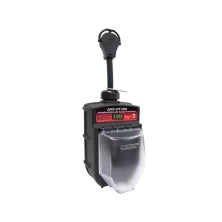
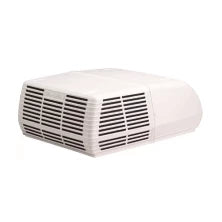
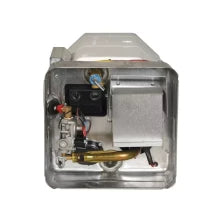
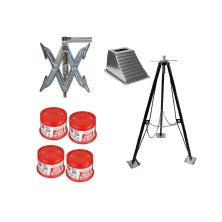
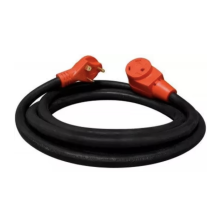
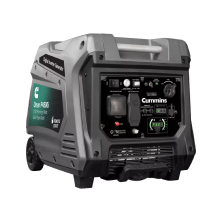

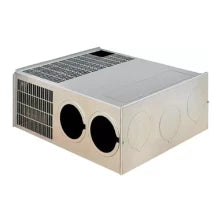


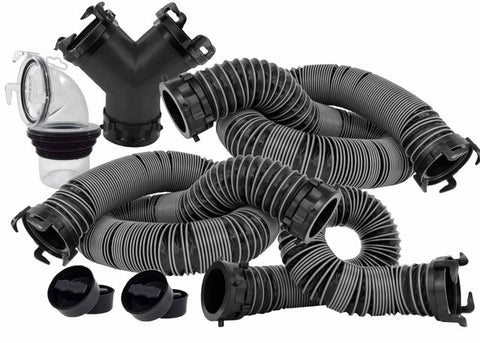

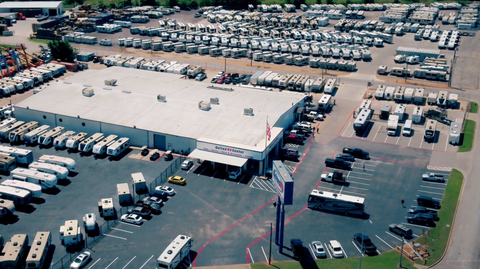
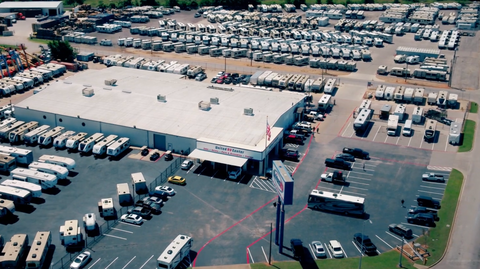
Comments (0)
There are no comments for this article. Be the first one to leave a message!